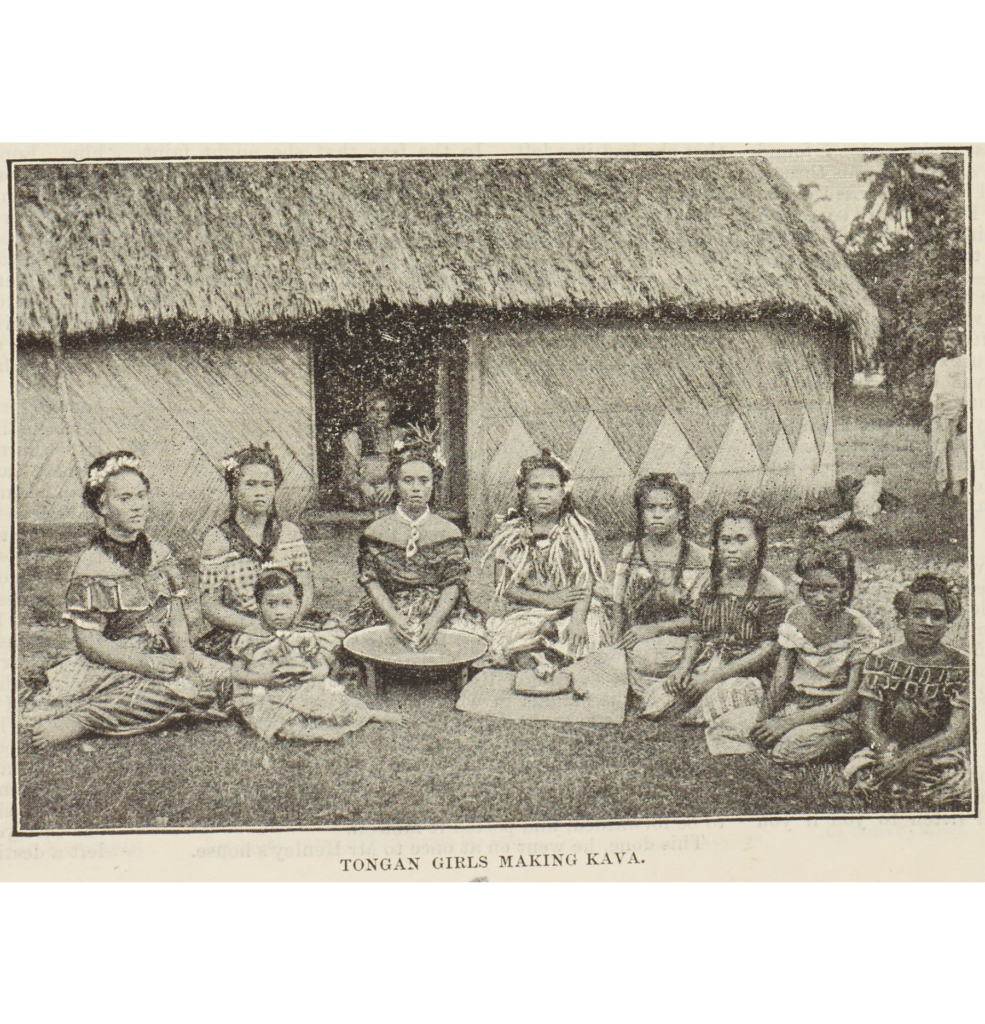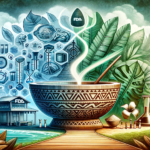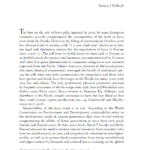Summary of: Kava Drinking as Practiced by the Papuans and Polynesians. By Walter Hough. 1905
Citation: Hough, Walter. 1905. “Kava Drinking as Practiced by the Papuans and Polynesians.” Smithsonian Miscellaneous Collections. https://repository.si.edu/bitstream/handle/10088/23253/SMC_47_Hough_1905_5_85-92.pdf.
Fast Summary:
- Walter Hough’s 1905 document titled “Kava Drinking as Practiced by the Papuans and Polynesians” offers a profound insight into the cultural, social, and historical significance of kava in the South Pacific region. The paper is a comprehensive examination of various aspects of kava, including its preparation, consumption, effects, and comparison with other beverages.
Full Summary:
- Introduction and Preparation: Kava, a traditional beverage made from the root of the Piper methysticum plant, has been consumed for centuries in the South Pacific region. The root contains starch, essential oil, and methysticin, (this paper was before we understood much regarding kavalactones) which gives kava its inebriating qualities. The preparation method is unique and sometimes involves chewing the root before mixing it with water. Alternatively, the root can be grated and mixed with water. The plant itself is a shrub about six feet high, and its preparation and consumption are deeply embedded in the cultural practices of the region.
- Cultural Practices: In Polynesia and among the Papuans, kava drinking is a significant custom. In Samoa, the preparation and drinking of kava are ceremonial, accompanied by specific rituals. The drink is served in gatherings of men, and the process involves careful cleaning, grating, or chewing of the root. The serving order is based on seniority, and the utensils used for kava preparation are often intricately carved and considered valuable. This highlights the deep cultural connection and respect for the tradition of kava drinking.
- Effects and Usage: Kava’s effects are multifaceted. Initially, it has a stimulating effect but can lead to drowsy drunkenness if consumed in excess. It is also believed to be a gentle tonic and has been used to prevent malarial fevers. However, excessive consumption can lead to skin disorders, emaciation, and general lethargy. In some islands, the whiteness of the skin caused by kava drinking is considered a sign of wealth, reflecting the complex social perceptions surrounding the beverage.
- Comparison with Other Beverages: Kava’s uniqueness among beverages is highlighted by its non-fermented nature. While its preparation method has similarities with other drinks like chica in Brazil and cassava beer in South America, kava’s non-fermented quality and the use of chewing to disintegrate its fibers set it apart. This distinction underscores the special place kava holds in the cultural fabric of the South Pacific.
- Origins and Spread: The document suggests that the Papuans likely invented kava, as its use was prevalent among them, and the plant was systematically cultivated. The custom has spread to various islands, reflecting the adaptability and appeal of kava across different cultures. The connection between kava and other pharmacologically active species used by different tribes is also explored, providing a broader context for understanding the role of kava in indigenous societies.
- Social and Intellectual Considerations: The paper delves into the intellectual stimulation that may be associated with alcoholic beverages. It also touches on the corruption of aborigines through intoxicants introduced by traders, arguing that these traders were merely supplying an existing need with more effective means. This perspective offers a nuanced understanding of the interaction between indigenous cultures and external influences.
- Conclusion: Walter Hough’s document concludes with a reflection on the universal human desire for mood and mind-altering compounds, of which kava is a prime example. It emphasizes the cultural, social, and historical significance of kava drinking in the South Pacific region, highlighting the complexity of kava’s pharmacology and its potential for further exploration. The continued relevance of this study underscores the importance of rigorous scientific inquiry in unraveling the mysteries of traditional herbal remedies. It also emphasizes the potential of kava as a subject for further exploration, not only in the context of traditional consumption but also in potential therapeutic applications. The document stands as a testament to the rich tradition and cultural heritage of the South Pacific, offering a window into a world where tradition, culture, and science intersect.




